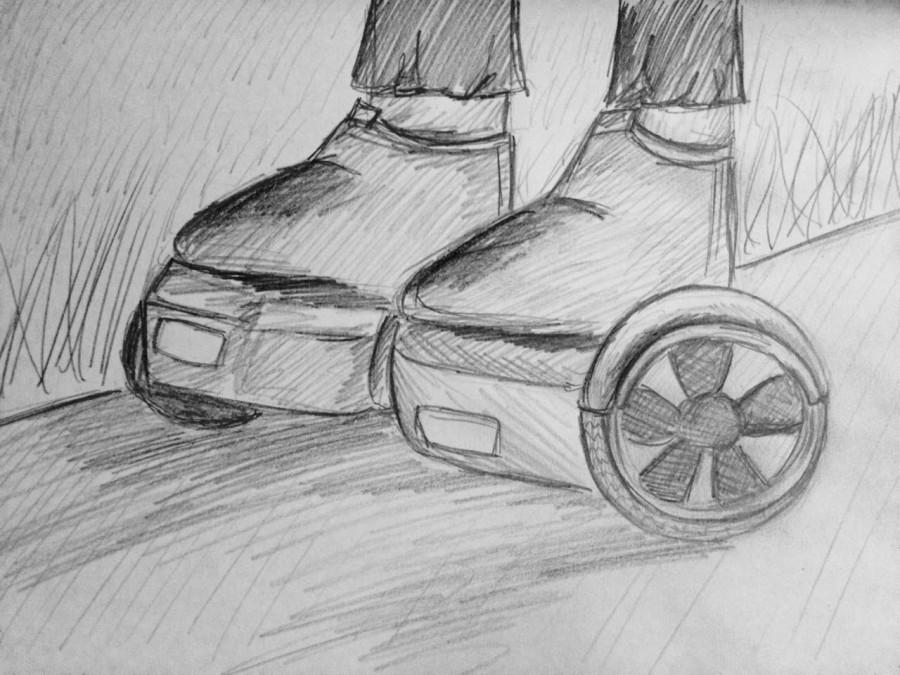Hoverboards: Worth The Risk?
February 22, 2016
If you’ve been paying attention to social media, you’re probably aware of the new Segway-like transportation device known as the “hoverboard.” Yes, the age of relatively cheap hoverboards is here – if, that is, you’re willing to suspend your skepticism and consider a cross between a unicycle and a skateboard to be a hoverboard. However, nothing beats the feeling of flying, and the hoverboard, priced at $350 on average, provides that feeling well enough to compel the average American to spend his or her money on the new gadget.
Nonetheless, many Ridge students hate the hoverboard with a burning passion. Ryan Keenan ’17 adamantly remarks, “I feel that they’re dumb because they’re not hoverboards and they don’t hover.”
Whether or not you bought a hoverboard, if you ever ride one, there are some important things to know so that you don’t find yourself in the emergency room. Though it may be a well-spent risk for the average adrenaline junkie, there is little doubt that the hoverboard is a dangerous item (beyond the obvious danger when your coordination fails you for a split second).
Emily York ‘16 explains, “I have ridden [a hoverboard] and I have fallen off a porch. [Next time] I would not ride it on a porch again; I would ride on a flat surface that is level and even.
“And, yes, I am aware that they explode.”
Concerning the exploding hoverboards, it is important that you examine the board to make sure that it does not contain an assembly-line grade lithium ion battery. These sorts of lithium batteries contain dangerous impurities that may cause the board to spontaneously combust under your feet. This actually happened to a man in Gulf Shores, Alabama who was riding on a brand new board. Just a couple of months ago, another man in Chappaqua, NY, filed a lawsuit against Swagway (a hoverboard company) because his board set his house on fire while it was charging. If you plan on getting on one of these boards, make sure that it is not made by Swagway, or by any brand that receives lithium ion batteries.
However, you can purchase a board that does not use a cheap lithium ion battery, although it will cost upwards of $400. The extra money will not guarantee your safety, though it will certainly prevent your feet from getting baked. If you were willing to spend that much money, however, perhaps you’d like a hoverboard that actually hovers using magnetic levitation. The drawback, of course, is that these boards (made by Hendo and Lexus) cost about $10,000. If this isn’t a problem for you, perhaps you’d like a board that doesn’t need a ferromagnetic surface. Arcaboard’s product (which costs about $20,000), hovers by means of 36 high-powered fans, which you can control from your phone.
Asked if he would buy this kind of hoverboard, Keenan still replied, “No, because I don’t see any practical use for them.”
Whether it rolls or floats, riding a hoverboard is a risky business. Stay safe, Ridge High School!


Michael Lavy • Feb 29, 2016 at 11:07 am
I agree with Ryan Keenan. They do not hover, therefore they are not hoverboards and are ultimately dumb. $350 is not cheap and it seems like it’s a waste of money. I would not pay $350 for a device to lie to me, then proceed to explode under my feet. I am not going to invest in this product.